Cells, Free Full-Text
Por um escritor misterioso
Last updated 04 setembro 2024
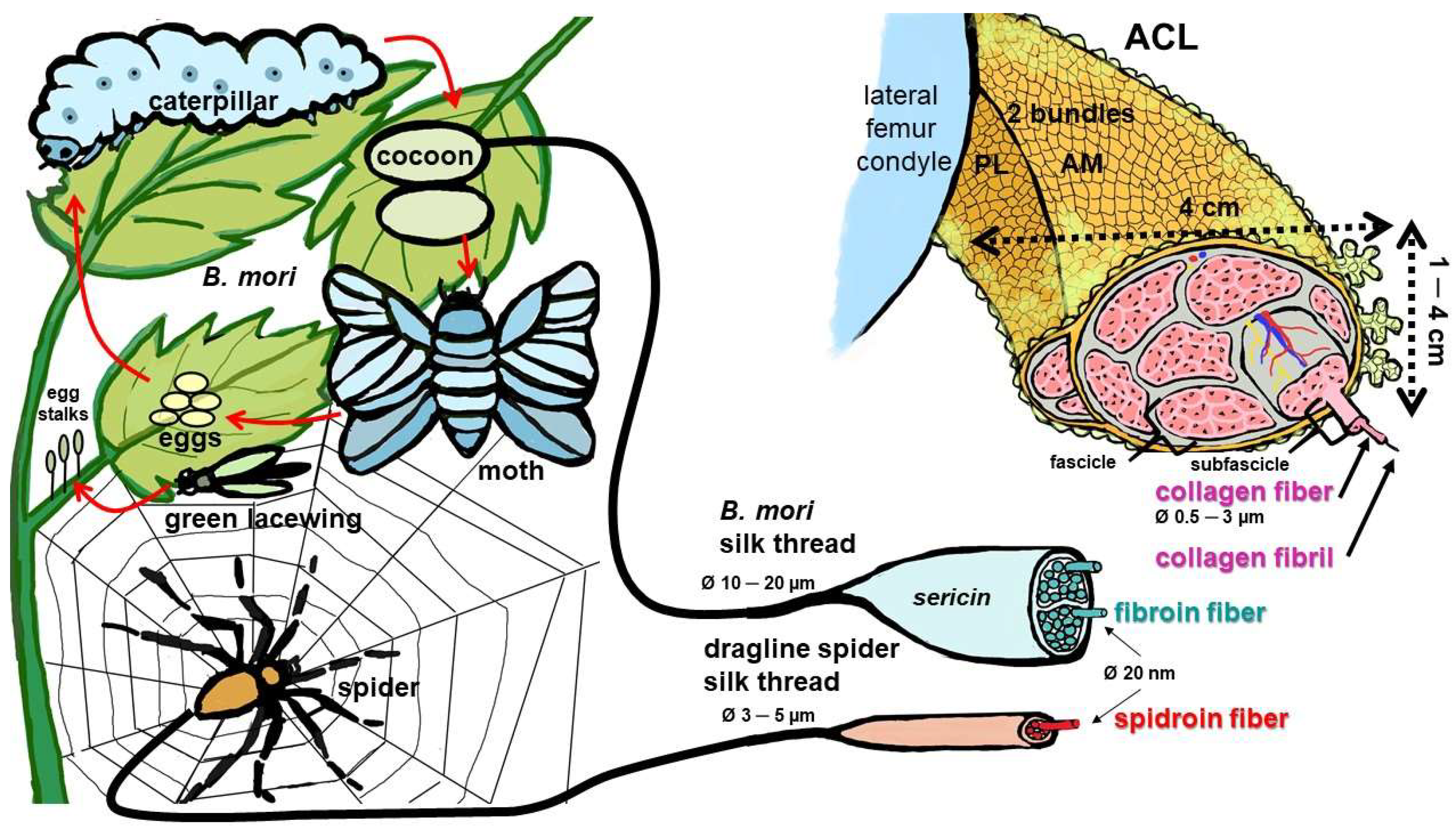
Silk has a long history as an exclusive textile, but also as a suture thread in medicine; nowadays, diverse cell carriers are manufactured from silk. Its advantages are manifold, including high biocompatibility, biomechanical strength and processability (approved for nearly all manufacturing techniques). Silk’s limitations, such as scarcity and batch to batch variations, are overcome by gene technology, which allows for the upscaled production of recombinant “designed” silk proteins. For processing thin fibroin filaments, the sericin component is generally removed (degumming). In contrast to many synthetic biomaterials, fibroin allows for superior cell adherence and growth. In addition, silk grafts demonstrate superior mechanical performance and long-term stability, making them attractive for anterior cruciate ligament (ACL) tissue engineering. Looking at these promising properties, this review focusses on the responses of cell types to silk variants, as well as their biomechanical properties, which are relevant for ACL tissue engineering. Meanwhile, sericin has also attracted increasing interest and has been proposed as a bioactive biomaterial with antimicrobial properties. But so far, fibroin was exclusively used for experimental ACL tissue engineering approaches, and fibroin from spider silk also seems not to have been applied. To improve the bone integration of ACL grafts, silk scaffolds with osteogenic functionalization, silk-based tunnel fillers and interference screws have been developed. Nevertheless, signaling pathways stimulated by silk components remain barely elucidated, but need to be considered during the development of optimized silk cell carriers for ACL tissue engineering.

Advancing synthetic biology through cell-free protein synthesis - ScienceDirect
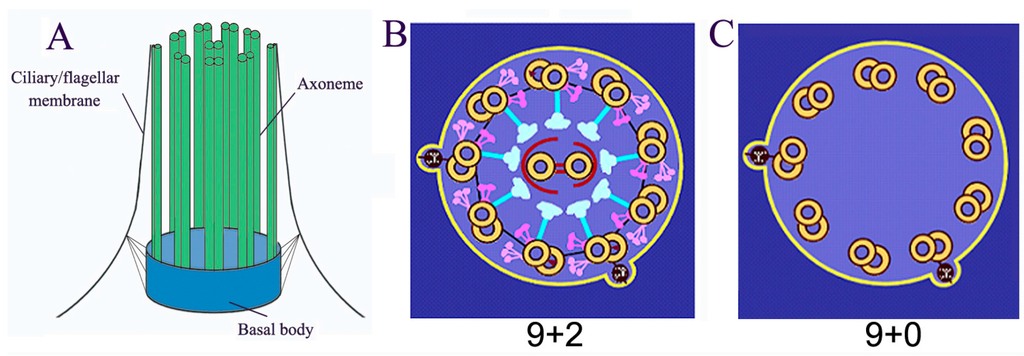
Cells, Free Full-Text
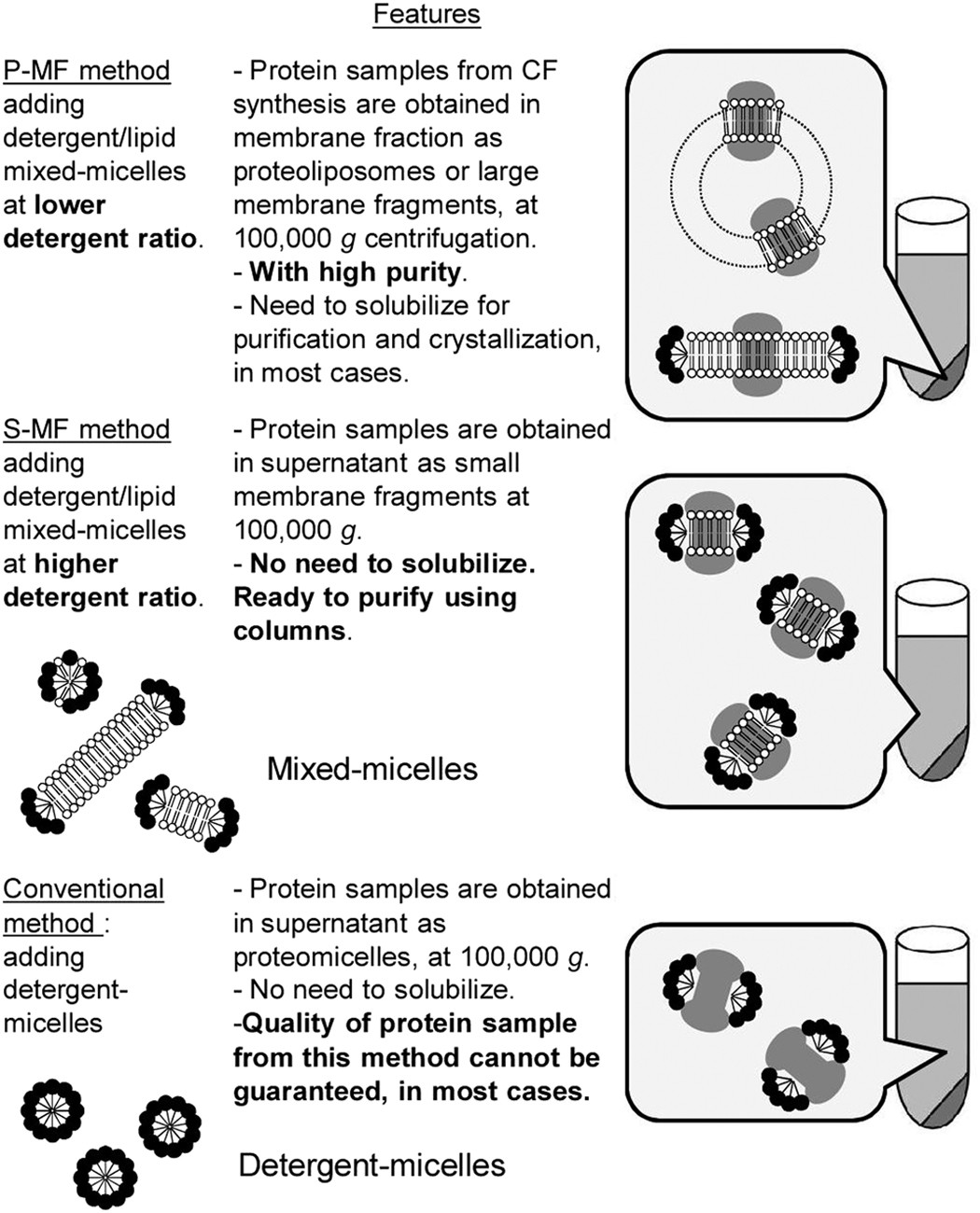
Cell-free methods to produce structurally intact mammalian membrane proteins
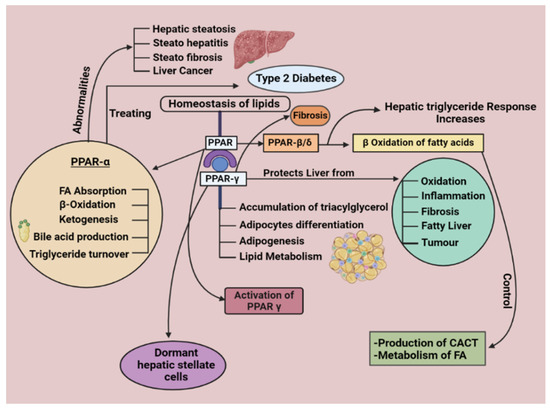
Iec/Ts 62886 Get File - Colaboratory

Extracellular histones, cell-free DNA, or nucleosomes: differences in immunostimulation

Advances and applications of cell-free systems for metabolic production - ScienceDirect
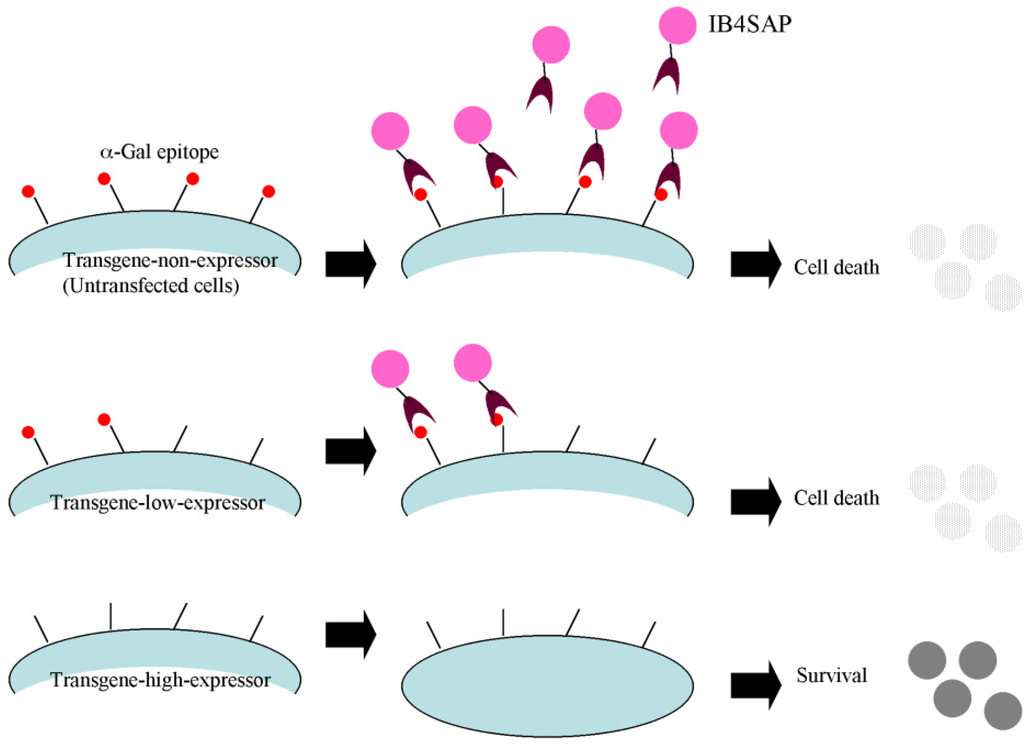
Biology, Free Full-Text

The emerging impact of cell-free chemical biosynthesis - ScienceDirect

Cells, Free Full-Text
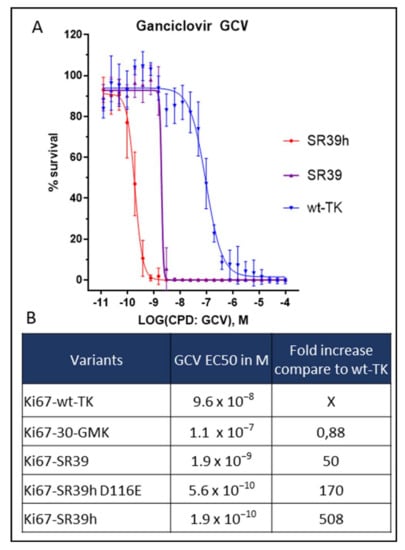
Serial Number Alcohol 120 1.9 6 - Colaboratory
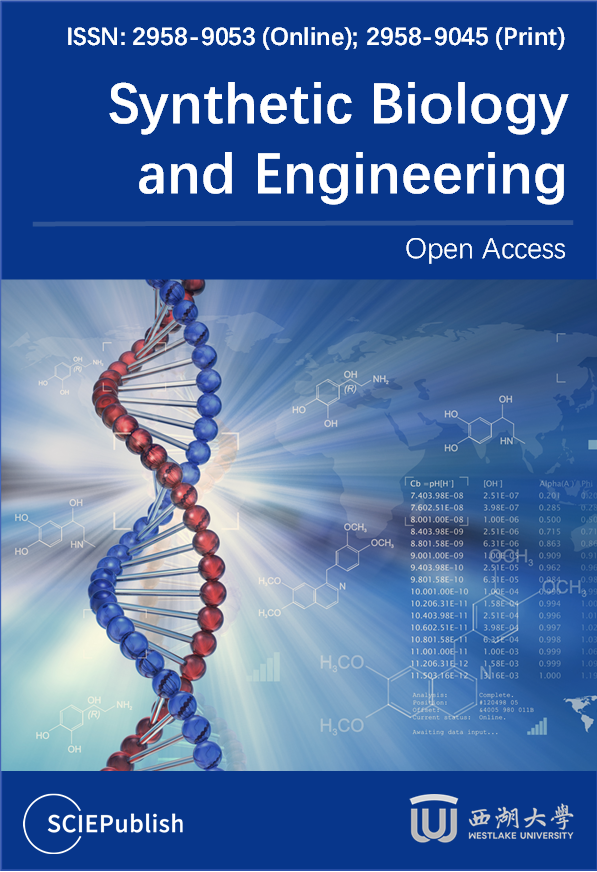
Challenging Post-translational Modifications in the Cell-free Protein Synthesis System - Synthetic Biology and Engineering - Full-Text HTML - SCIEPublish

Cell-free expression and synthesis of viruses and bacteriophages: applications to medicine and nanotechnology - ScienceDirect
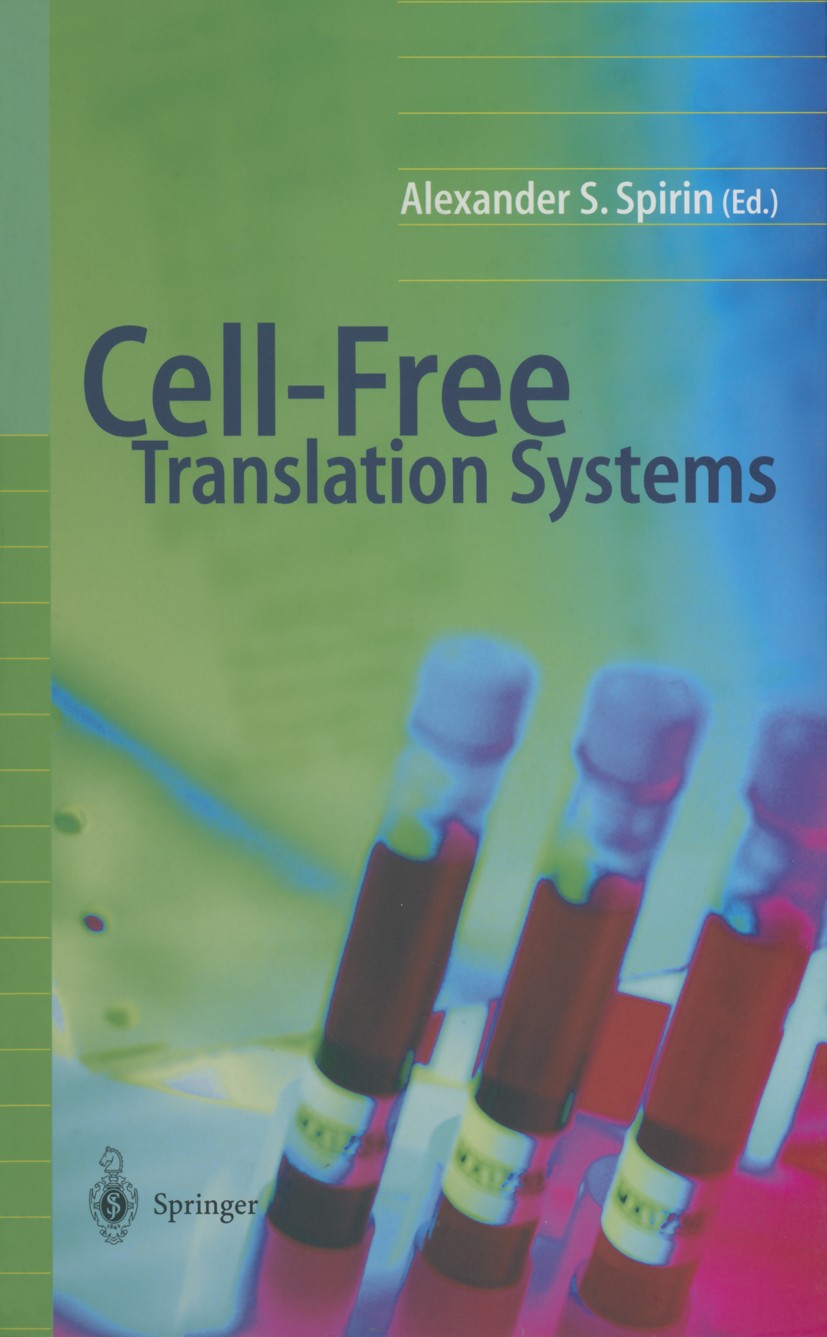
Cell-Free Translation Systems

Cell-free mutant analysis combined with structure prediction of a lasso peptide biosynthetic protein B2
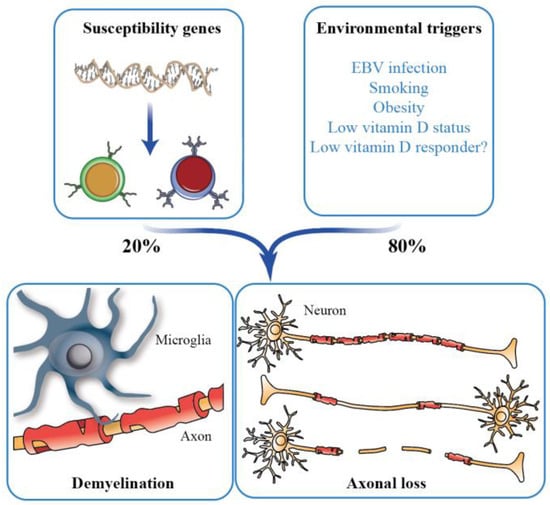
Oreilly Essential System Administration 3Rd Edition Aug 2002 Rar - Colaboratory
Recomendado para você
-
 When people try to scam you : r/TibiaMMO04 setembro 2024
When people try to scam you : r/TibiaMMO04 setembro 2024 -
Finishing Off the Spider's Web04 setembro 2024
-
 These spiders 'catapult' themselves to avoid getting eaten after04 setembro 2024
These spiders 'catapult' themselves to avoid getting eaten after04 setembro 2024 -
 Spider - Visual Dictionary04 setembro 2024
Spider - Visual Dictionary04 setembro 2024 -
 Exotic Cave Bestiary : r/TibiaMMO04 setembro 2024
Exotic Cave Bestiary : r/TibiaMMO04 setembro 2024 -
 Proprioreceptive hair sensilla of C. salei at the tibia-metatarsus04 setembro 2024
Proprioreceptive hair sensilla of C. salei at the tibia-metatarsus04 setembro 2024 -
 Silk fibroin scaffolds for common cartilage injuries04 setembro 2024
Silk fibroin scaffolds for common cartilage injuries04 setembro 2024 -
 901210d8a81800a3cc3ced5fefba43a3cdd0003d.png04 setembro 2024
901210d8a81800a3cc3ced5fefba43a3cdd0003d.png04 setembro 2024 -
![Filleman's lifethread! [MS]](https://otland.net/proxy.php?image=https%3A%2F%2Fi.imgur.com%2Fb2ilY.png&hash=cc409abb21be85f8decde37fd897b859) Filleman's lifethread! [MS]04 setembro 2024
Filleman's lifethread! [MS]04 setembro 2024 -
 Zardoc 168 ED Exterminates Nether Spiders - Medivia04 setembro 2024
Zardoc 168 ED Exterminates Nether Spiders - Medivia04 setembro 2024
você pode gostar
-
 SONO BISQUE DOLL EPISÓDIO 05 LEGENDADO PT-BR - {DATA DE LANÇAMENTO}04 setembro 2024
SONO BISQUE DOLL EPISÓDIO 05 LEGENDADO PT-BR - {DATA DE LANÇAMENTO}04 setembro 2024 -
 UNIQUE GOJO SHOWCASE, ANIME ADVENTURES, INFINITE LEVELS, MYTHICAL TRAIT04 setembro 2024
UNIQUE GOJO SHOWCASE, ANIME ADVENTURES, INFINITE LEVELS, MYTHICAL TRAIT04 setembro 2024 -
 Here's the very best deal to buy Hogwarts Legacy on PC04 setembro 2024
Here's the very best deal to buy Hogwarts Legacy on PC04 setembro 2024 -
/media/movies/covers/2011/07/c2e7a7e6014445a24d23f6240498a934.jpg) Os Cavaleiros do Zodíaco: Filmes, Especiais e OVAs - Criada por04 setembro 2024
Os Cavaleiros do Zodíaco: Filmes, Especiais e OVAs - Criada por04 setembro 2024 -
Gold Digger - Series 1 - Episode 1 - ITVX04 setembro 2024
-
 LEGO Set 9780545917278-1 Star Wars: Epic Space Adventures (2016 Books)04 setembro 2024
LEGO Set 9780545917278-1 Star Wars: Epic Space Adventures (2016 Books)04 setembro 2024 -
Assistir Digimon Fusion - ver séries online04 setembro 2024
-
 Sonic Correndo GIF - Sonic Correndo - Discover & Share GIFs04 setembro 2024
Sonic Correndo GIF - Sonic Correndo - Discover & Share GIFs04 setembro 2024 -
 Kratos God Of War Thor GIF - Kratos God Of War Thor Marvel - Discover & Share GIFs04 setembro 2024
Kratos God Of War Thor GIF - Kratos God Of War Thor Marvel - Discover & Share GIFs04 setembro 2024 -
 thaïs Tradução de thaïs no Dicionário Infopédia de Francês - Português04 setembro 2024
thaïs Tradução de thaïs no Dicionário Infopédia de Francês - Português04 setembro 2024

